The joy of the greenhouse: Perfect spaces to plant, prune or just potter about
Greenhouses, glasshouses and orangeries were torn down across Britain a few decades ago – thankfully, they're now back on the up and better than ever, says Mark Griffiths.

One of the books that I treasure most is an Edwardian edition of The Encyclopedia of Gardening by T. W. Sanders.
It’s not a rare book, and my copy is badly battered, but I value it as a document of a time when British gardeners regularly performed miracles of cultivation under glass. It’s made even more precious to me by the odour of its foxed and brittle pages – cedarwood, absorbed over the decades that this volume spent on a potting bench in a greenhouse framed of that timber. Proust had his madeleine; I have my Sanders.
One whiff of it conjures the enchantment I felt as a child when I first wandered into that glazed Eden and the momentous day, many visits later, when the book’s original owner, by then as old as Adam, made a present of it to me.
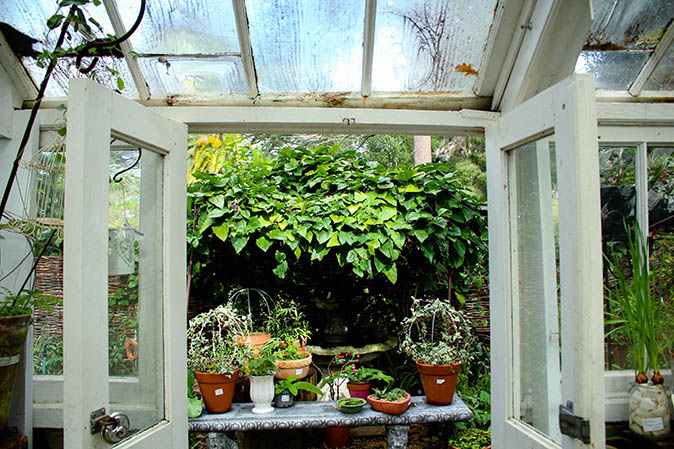
Asking around, I find that friends have a similarly strong emotional attachment to greenhouses, whether lifelong or recently acquired, and their own nostalgia triggers: among them, the musk of vine-ripened tomatoes and pelargonium leaves and the scent of parched earth slaked by a summer downpour.
‘I don’t mean to throw stones,’ says one of those friends in her long and elegant lean-to, ‘but I wouldn’t swap my greenhouse for any of the yurts, designer sheds and shepherd’s huts on wheels that have become so popular.’
Hers acts as the control centre, nursery and winter storage depot in a busy and beautiful garden.
“There aren’t many places more liable to make one potter than a greenhouse”
It’s also her happy place and favourite retreat, as evidenced by the vintage Roberts wireless, the kettle and teapot, the cat dozing in its basket under the staging and her wickerwork receptacle, an elaborate peacock throne that would shout 1970s boho were it not for the tartan throws.
Exquisite houses, the beauty of Nature, and how to get the most from your life, straight to your inbox.
‘I see my greenhouse as being like a ship,’ she says, ‘that lets me sail in all weathers, in the garden but without being out in it and surrounded by favourite plants.
‘I might just sit and stare or read, but there’s always something practical to do if I feel like it and that can be a wonderful antidote to the bad times when there’s not much happening outdoors.
‘And don’t forget pottering, which, I think, is how we Britons meditate and come up with bright ideas. There aren’t many places more liable to make one potter than a greenhouse.’

We’ve been experiencing such amenities and joys since the 17th century and most notably in Victorian and Edwardian times, the great era of horticultural glass, private and public. However, all was almost lost when, for a while, we forgot that, with greenhouses, what works aesthetically also tends to work practically, pleasing plants and people alike.
I’ve already mentioned that the first greenhouse to steal my heart was framed with aromatic cedar. The glass sat on brick walls that were waist deep on three sides and, at the rear, ceiling-height and covered with climbers and orchids.
Such plants, whether swarming up from the ground or hanging in pots and baskets, also festooned the glazing bars and brackets. The latter were cast iron ornamented with cutwork curlicues, as were the plaques that ran along the cobbled floor, covering channels that contained the hissing and steaming heating pipes.
“Like the triumphant return of the Jermyn Street shirt after polyester’s mercifully short-lived primacy, manufacturers such as Hartley Botanic and Alitex revived the art of the glasshouse and took it to new heights”
Lining the lower walls and standing at the same height, wide staging, flagged with vast slates and dressed with gravel, supported legions of plants in clay pots. Beneath it were humidity-boosting beds full of ferns and other shade lovers and bottomless-seeming tanks of rainwater, run-off from the roof saved as suitably soft, pure and chambré irrigation for tender ornamentals. Along the rear wall ran a deep, floor-level bed dense with palms, cycads, tree ferns, bananas and bird-of-paradise flowers.
This was how we used to do it and how it ought to be done, but, at about the time I was falling under their spell, glasshouses such as these were everywhere being demolished. If at all, they were replaced with floor-to-apex glass, plastic-and-aluminium constructions that might be good enough for factory-farming flowers on a Dutch polder, but which were soulless and sorry additions to our beloved gardens.
Then, as the millennium approached, we realised what we were missing. In one of those characteristically British reversals-with-improvements, like the triumphant return of the Jermyn Street shirt after polyester’s mercifully short-lived primacy, manufacturers such as Hartley Botanic and Alitex revived the art of the glasshouse and took it to new heights by deploying advanced technology to revisit the Victorian ideals of gracious design and liveability for plants and people.
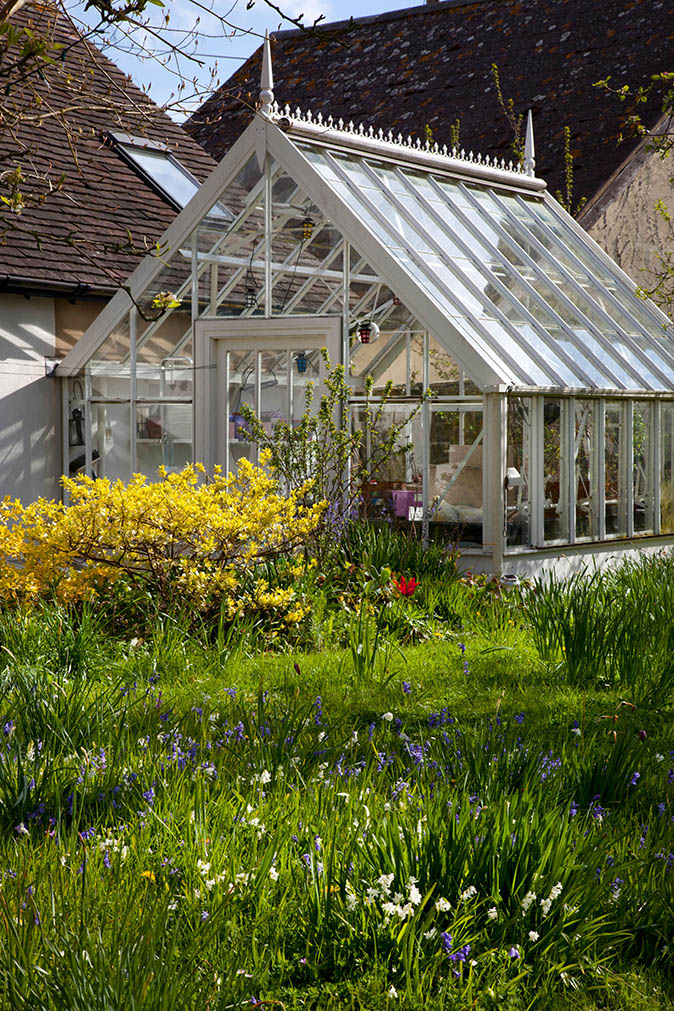
And so, like my friend in her peacock chair, we’re once again set fair and sitting pretty under glass. Not that there aren’t difficult choices to be made. Is the greenhouse to be purely practical and hard-working, full of things in production for the kitchen and garden? Or might it become home to a specialist collection, say, of alpines or orchids (according, of course, to one’s tolerance of fuel bills)? Perhaps something along the lines of an orangery sounds preferable, mingled with other perfumed delights such as jasmine, tuberose or, to begin the year, pots of paperwhite narcissi?
Then there’s re-creating desert in microcosm or its antithesis, an out-and-out interior jungle. Whichever you choose, let’s celebrate the most varied, enabling and exciting period in British gardening under glass since Sanders felt moved to swap his dibber for a pen.

How big should your greenhouse be?
Greenhouses can be expensive but they’re also very necessary come winter. What size is the perfect greenhouse?
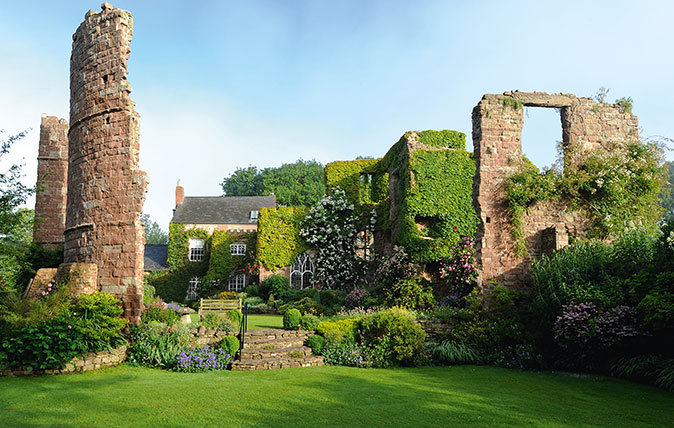
The incredible gardens at Wilton Castle, a 900-year-old home looking for a new custodian
Wilton Castle has been featured in Country Life for it's astonishing mix of architecture, and gardens which rank among the
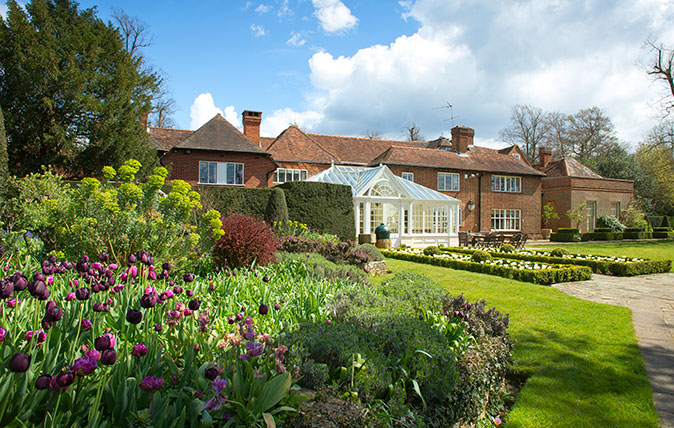
Dunsborough Park: A home for sale next door to Wisley with gardens that look like they've been created by the RHS
Dunsborough Park is an exceptional house, but it's 100 acres of gardens are far beyond even that, with some of
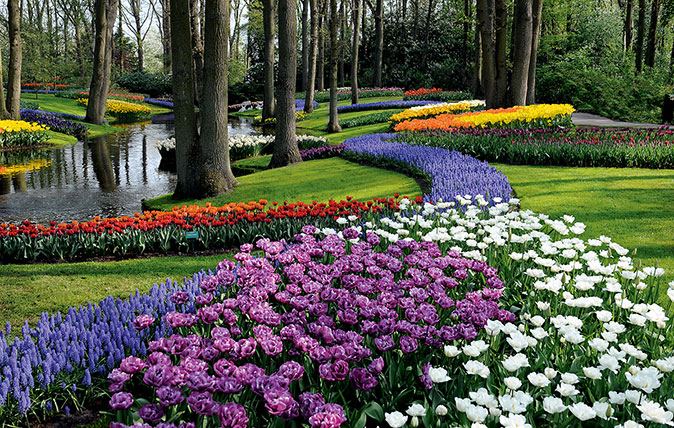
Credit: Stichting Internationale Bloemententoonstelling Keukenhof
The Gardener’s Garden: The ultimate garden book?
It's rare to come across a book of such stupendous beauty as Phaidon's 'The Gardener's Garden'.